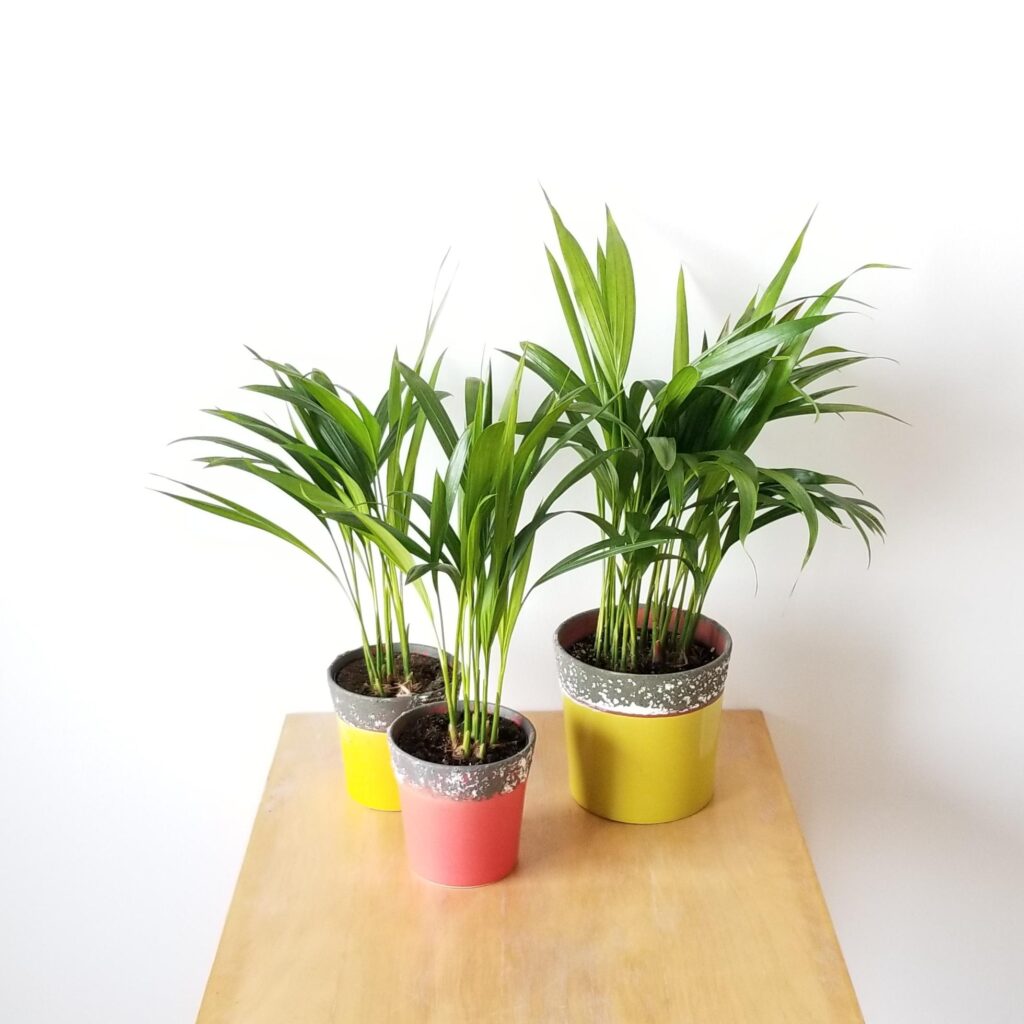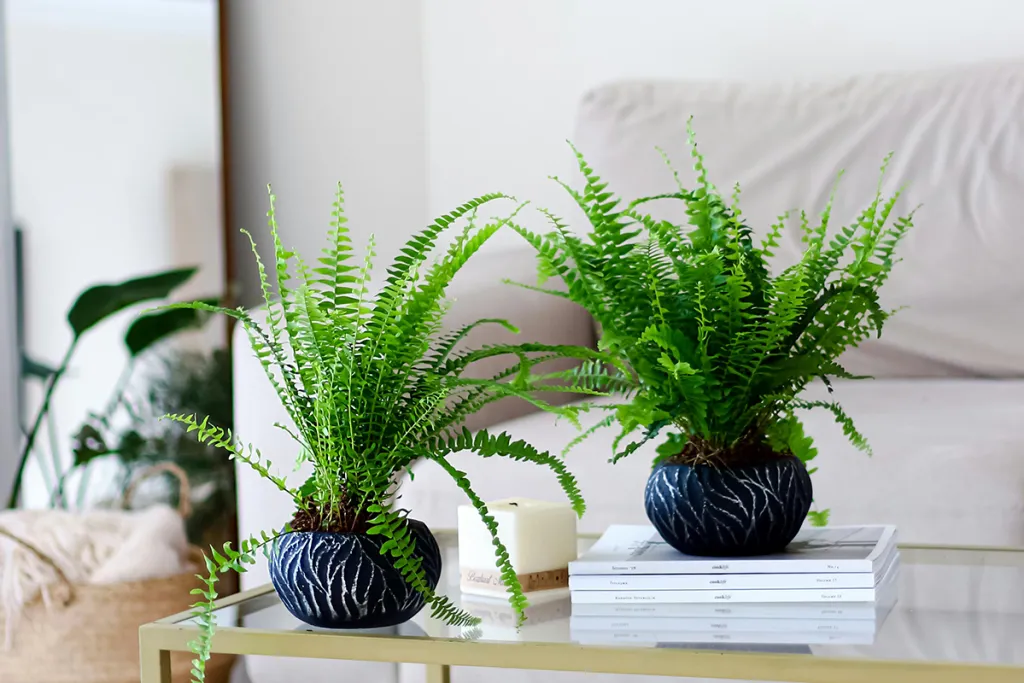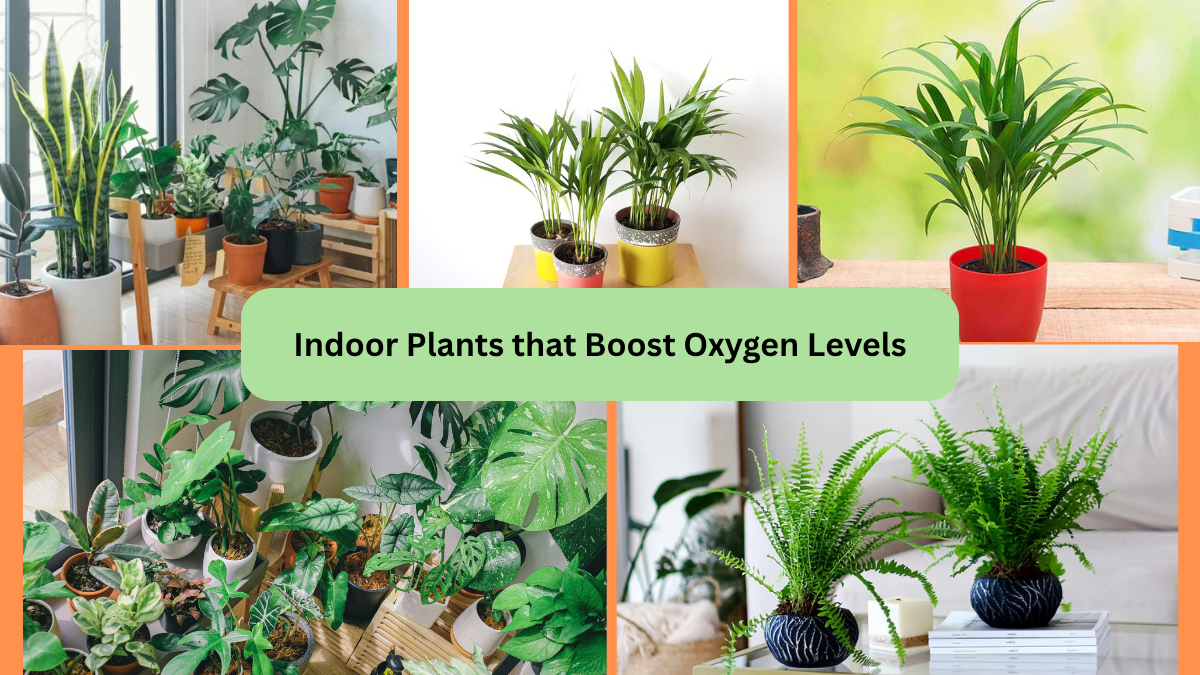In today’s urban lifestyles, we often spend up to 90% of our time indoors, where air quality can quietly impact our health and well-being. What if you could improve your indoor air, enhance oxygen levels, and add natural beauty to your space — all with a few well-chosen plants?
Good news: you can.
Certain indoor plants not only purify the air by removing harmful toxins but also release fresh oxygen, some even at night, making your home a healthier, calmer, and more relaxing environment. In this detailed guide, we’ll explore the best indoor plants that boost oxygen levels, how they work, and how to care for them so they thrive in your home.
Why Oxygen-Boosting Plants Are Good for You

Having indoor plants is about more than aesthetics. NASA’s famous Clean Air Study and various health journals confirm that some houseplants can:
- Remove airborne toxins like formaldehyde, benzene, and carbon monoxide
- Release oxygen into your home, improving air circulation
- Increase humidity, reducing issues like dry skin and respiratory irritation
- Lower stress, anxiety, and fatigue
- Promote restful sleep
Some plants follow Crassulacean Acid Metabolism (CAM), a process where they release oxygen at night — perfect for bedrooms.
Top 10 Indoor Plants That Boost Oxygen Levels
Here’s a curated list of the best oxygen-producing plants you can grow indoors:
1. Snake Plant (Sansevieria trifasciata)
Also Known As: Mother-in-Law’s Tongue
Why It’s Great:
A hardy, drought-tolerant plant that not only produces oxygen during the day but also continues at night. It filters toxins like benzene, formaldehyde, and xylene.
Care Tips:
- Thrives in low to bright indirect light
- Water every 2-4 weeks
- Prefers well-draining soil
Bonus: Nearly indestructible and great for bedrooms.
2. Aloe Vera
Why It’s Great:
Famous for its healing gel, aloe vera also releases oxygen at night while purifying indoor air from formaldehyde and benzene.
Care Tips:
- Needs bright, indirect sunlight
- Water when the soil dries out
- Avoid overwatering
Bonus: Medicinal leaves for skin burns and cuts.
3. Areca Palm (Dypsis lutescens)

Why It’s Great:
A natural humidifier and oxygen booster, the areca palm filters airborne toxins while adding lush greenery to your room.
Care Tips:
- Prefers bright, indirect light
- Keep soil consistently moist but not soggy
- Mist occasionally to maintain humidity
Bonus: Safe for pets.
4. Peace Lily (Spathiphyllum)
Why It’s Great:
This elegant, air-purifying plant removes ammonia, benzene, and formaldehyde while releasing oxygen. Its beautiful white flowers enhance any indoor setting.
Care Tips:
- Thrives in low to medium light
- Keep soil slightly moist
- Fertilize monthly during growing season
Note: Toxic if ingested, so keep away from pets and small children.
5. Spider Plant (Chlorophytum comosum)
Why It’s Great:
One of the easiest houseplants to grow, spider plants absorb carbon monoxide and formaldehyde, increasing oxygen output.
Care Tips:
- Prefers bright, indirect light
- Water when the top inch of soil dries
- Trim dead leaves to keep it tidy
Bonus: Produces baby “spiderettes” you can propagate.
6. Tulsi (Holy Basil)
Why It’s Great:
Highly valued in Ayurveda, Tulsi releases oxygen throughout the day and night while absorbing harmful gases. It also reduces stress and promotes calmness.
Care Tips:
- Requires 4-6 hours of direct sunlight
- Keep soil slightly moist
- Prune regularly for bushier growth
Bonus: Leaves can be used for herbal teas.
7. Rubber Plant (Ficus elastica)
Why It’s Great:
A modern, statement-making plant that increases oxygen levels while filtering out airborne toxins like formaldehyde and carbon monoxide.
Care Tips:
- Prefers bright, indirect light
- Water when the top inch of soil dries
- Wipe leaves occasionally to remove dust
Bonus: Can grow tall, ideal for corners and large spaces.
8. Gerbera Daisy (Gerbera jamesonii)

Why It’s Great:
This cheerful flowering plant produces high levels of oxygen at night while removing benzene and trichloroethylene.
Care Tips:
- Needs bright, indirect sunlight
- Water when the top layer of soil feels dry
- Fertilize every two weeks during the growing season
Bonus: Adds vibrant color to bedrooms and living areas.
9. Boston Fern (Nephrolepis exaltata)
Why It’s Great:
An attractive, air-purifying plant that boosts oxygen and increases humidity, making it perfect for dry indoor climates.
Care Tips:
- Prefers indirect light and high humidity
- Keep soil consistently moist
- Mist regularly or place near a humidifier
10. Chinese Evergreen (Aglaonema)
Why It’s Great:
An easy-care plant that improves air quality by removing benzene and formaldehyde while contributing oxygen.
Care Tips:
- Thrives in low to medium light
- Water moderately, letting the soil dry between waterings
- Wipe leaves to keep them dust-free
Bonus: Tolerant of most indoor conditions.
How to Arrange Your Indoor Oxygen-Boosting Plants

To maximize their health benefits:
- Place oxygen-producing plants like snake plants and aloe vera in your bedroom
- Keep larger plants like areca palms and rubber plants in corners or near windows
- Add smaller varieties like spider plants and tulsi to desks, shelves, or bedside tables
- Avoid overcrowding — 2–5 well-spaced plants work well for a medium room
- Use decorative pots to match your home’s style
Simple Care Tips for Thriving Plants
To keep your indoor plants healthy and effective at improving oxygen levels:
- Rotate plants every couple of weeks for balanced growth
- Wipe leaves regularly with a damp cloth to remove dust
- Avoid overwatering — always check soil moisture before watering
- Use well-draining soil and pots with drainage holes
- Provide sufficient indirect light or use grow lights in darker areas
- Mist tropical plants or place near a humidifier during dry seasons
Benefits Beyond Oxygen

In addition to boosting oxygen levels and purifying the air, these plants:
- Enhance concentration and mood
- Reduce stress and anxiety
- Improve sleep quality
- Balance indoor humidity
- Elevate your home’s aesthetic appeal
Studies show indoor plants positively impact mental well-being and productivity too — making them a worthwhile addition to any home.
Common Mistakes to Avoid
- Overwatering:
The #1 houseplant killer. Always test soil moisture before watering. - Insufficient Light:
Even low-light plants need indirect light to photosynthesize. - Wrong Soil Type:
Use well-draining potting mix suitable for each plant. - Neglecting Plant Maintenance:
Dusty leaves reduce their air-purifying efficiency.
Final Thoughts
Adding oxygen-boosting indoor plants to your home is a simple, natural, and rewarding way to enhance your indoor air quality, reduce toxins, and create a peaceful, refreshing environment. From beginner-friendly snake plants and aloe vera to tropical areca palms and ferns, there’s a plant for every style and space.
With minimal effort and the right care, these green companions can turn your home into a personal oasis where you breathe easier, sleep better, and live healthier.
So why wait? Choose a few of these air-purifying champions today and transform your indoor space — one breath at a time.





